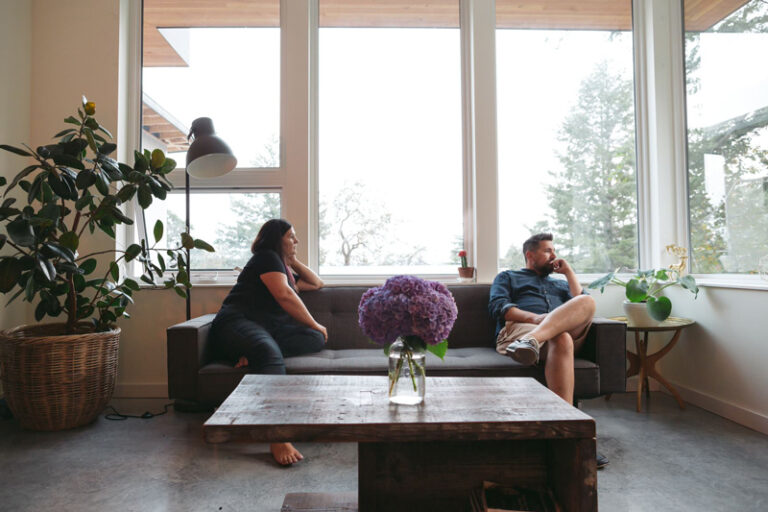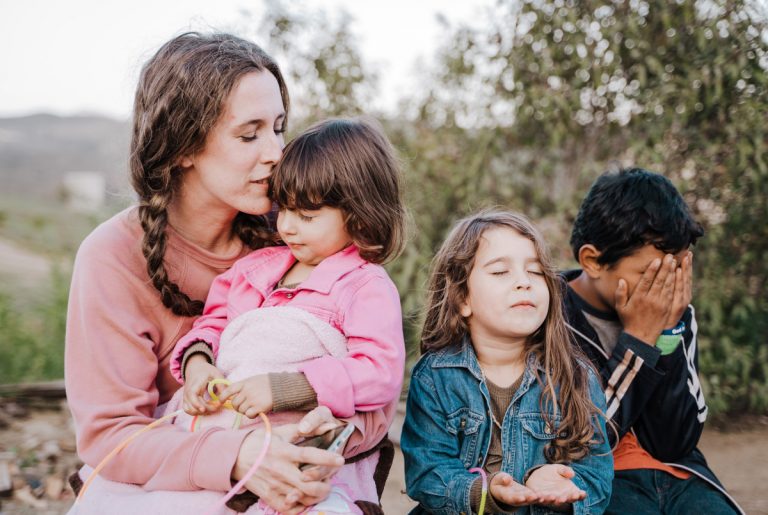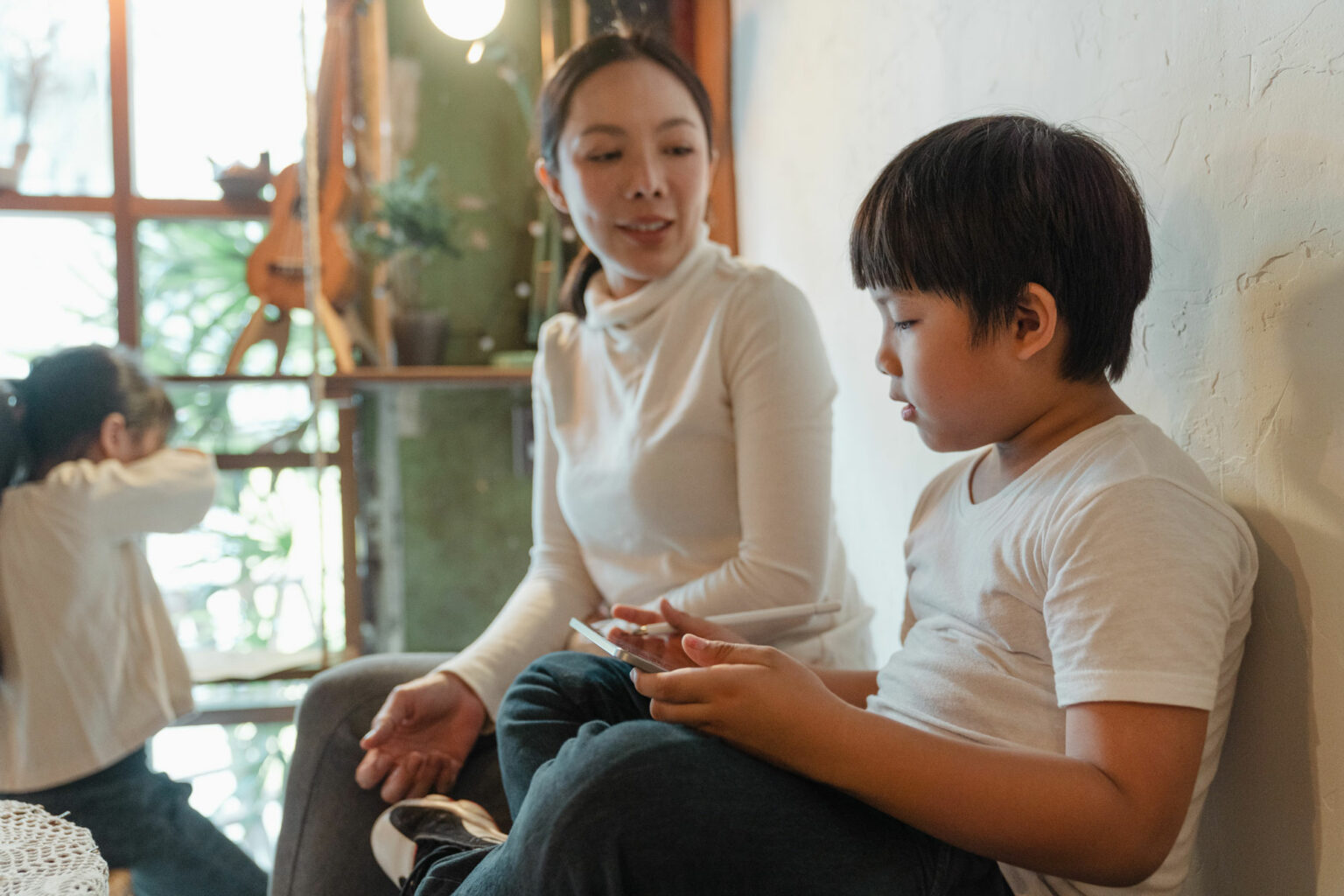If you’re going through a separation, you and your child are likely experiencing some complicating and, possibly, distressing feelings.
On top of that, you’ve got what feels like a million practical things to sort out; splitting finances, working out different living arrangements, and new routines. One of the biggest challenges that can arise after separation is making decisions about your children and parenting.
Ideally, you’d have time and space to process your feelings that come up during divorce or separation. Unfortunately, the time when your feelings are all over the place is also when you’re expected to make really important decisions about your children.
How will your children spend time with you and their other parent? How will they continue to have a relationship with all the other people who love them? How will you feel and what will you do when they aren’t with you everyday?
Keeping your cool when tensions are high
Amidst the turbulence of separation, many parents understandably start to feel uncertain and worried about parenting arrangements or custody arrangements. They can fear how long they’ll be away from their children and how decisions will be made, making the process tricky.
Sometimes children, and what’s best for them, can be overlooked amongst the overwhelming list of things to organise or in the battle to “win”.
So, how can we support our children, focus on keeping things civilised and – most importantly – ensure we make the best decisions for our kids? The answer could lie in letting them have their voices heard, facilitated through a process called child-inclusive mediation.
What is child-inclusive mediation?
Until recently, children weren’t commonly included in the separation or parenting arrangement process. Parents typically made decisions based on what they thought was best, or how their emotions guided them.
But research has shown for many years that involving children in decisions that impact them – like how the post separation family will function – is beneficial for everyone. That’s why including children in the mediation process is becoming more common.
Child-inclusive mediation (or child-inclusive practice) is a process that enables a child to have their voice heard and included in the family mediation process. Children are not asked to come up with solutions. They’re asked about their experiences and what their parents could do to make the post-separation family work well for them.
In this practice, a child consultant will spend individual time with your child to help them to talk about their thoughts and feelings. The child consultant will gain an understanding of your child’s experience and then spend time providing feedback to you and the mediator. Many parents tell us that they’re able to make better decisions that they’re both happier with when children are included in this way.
How does child-inclusive mediation work?
Child-inclusive mediation is carried out separately, and in addition to, mediation for parents. The mediator will engage someone called a child consultant. A child consultant has received specialist training to work with children following a family separation and has received relevant safety checks.
Here’s a step-by-step guide of what to expect.
Step 1
Parents meet with the mediator individually. This is to check if mediation is appropriate for your family and situation. You’ll hear mediation being called Family Dispute Resolution in the post-separation context. The parents will then schedule and attend a joint mediation session with the mediator. Child-inclusive mediation will be discussed as an option if the mediator thinks it will be helpful. Including children is not always safe or appropriate, so this is discussed on a case-by-case basis.
Step 2
The child consultant will arrange to speak with each parent individually. If the consultant assesses that including children is appropriate, a session will be scheduled for your child to meet with the child consultant. If you multiple children, each one will be invited to go to a private and confidential session with the child consultant.
Step 3
Your child will then have an individual session with the child consultant, without parents in the room. This is to allow the child to have a neutral space to share their thoughts and feelings. Your child will give their permission about what is shared and passed on to their parents before the session is completed. Depending on your child’s age, the consultant will help them feel more comfortable by using play and drawing to help them answer questions or share their feelings, rather than a formal interview or question-and-answer-type set-up.
A child consultant has the following priorities during these sessions:
- to give your child a neutral and safe space to share their feelings about separation and the family situation
- to use the information shared in the session to communicate to the parents and the mediator how the child is feeling, and their needs and hopes
- to provide impartial and independent recommendations and use the information they gathered to advocate for your child and their best interests. The consultant’s role is not to make decisions. The consultant will encourage the parents and the mediator to take note of important points to guide the child-centred mediation process.
Step 4
A feedback session will then take place. This session will include both parents, the child-inclusive practitioner and the mediator. During this session, the practitioner will share their insights into how your child is coping, and the key messages the child wants to share with you. Your child won’t be present for this meeting.
Step 5
Mediation for parents then occurs usually at a later date. This is when the information from the Child Consultant is considered, and decisions are made about parenting agreements. This will help guide the Family Dispute Resolution process. Your child also won’t be involved in this step.
Can any child attend child-inlclusive mediation?
There are a few prerequisites to be aware of:
- your child must be over the age of five to participate.
- it’s a service only available to parents who are already engaged in mediation
- both parents must consent to their child’s participation
- child-inclusive mediation is not appropriate for all family situations.
What are the benefits of child-inclusive mediation?
Including children in the mediation process following separation has many benefits for the child, their parents and the whole family.
- Children can express their feelings and preferences to someone neutral. This may help them to feel more comfortable and honest when expressing their wishes, as they’re sharing with someone other than their parents. They may feel less worried about upsetting one or both of their parents.
- Child consultants are highly-skilled. They’ve learned different strategies to help your child feel safe and comfortable with sharing their feelings and thoughts.
- Consultants are also skilled at communicating with children of different ages and developmental levels, and can share important, yet sometimes complicated, information about separation and divorce. Children are often relieved to know that many other children experience their parents separating.
- The process allows children to be part of the mediation process, but takes some of the pressure off them by having a neutral party to help them communicate their needs, experiences and feelings.
- Parents can get a real and unbiased insight into how their child is coping with the separation.
- The feedback gathered in the session with the child consultant can help parents put aside their own big feelings and any conflict to focus on what their children need.
- This feedback then helps inform the discussion and agreements with your child’s best interest at the forefront.
Can parents return to mediation down the track after they’ve had an initial mediation session?
Yes, you can. The family’s needs – and your child’s – will naturally change over time. What worked well initially may no longer be appropriate for their developmental level, age or ongoing requirements.
Many families find that they need to return to mediation to re-negotiate care arrangements. If you need additional support from an impartial third party, you’re welcome to attend further mediation sessions with us or another provider.
To help you navigate the tricky terrain of separation, we provide Family Dispute Resolution (mediation) to all separating or already separated couples. If you have children, our highly-trained child consultants are available to help through child-inclusive mediation.
Related Services & Workshops

Mediation.Individuals.Divorce + Separation
Family Dispute Resolution and Mediation
Going through separation or divorce is often emotional and difficult, and it’s normal to feel overwhelmed. To help you through, we offer affordable Family Dispute Resolution services, also known as family mediation, throughout NSW.

Mediation.Individuals.Conflict
Access Family Mediation Service
Adapting to change during separation and divorce is challenging. This service provides flexible support, online or over the phone, to help manage relationship breakdowns, including resolving disputes for parenting and property arrangements.

Online Courses.Families
Kids in Focus
When parents separate, it can significantly impact their children. Kids in Focus is a practical, online course developed for separating families to navigate and support their children through these challenges.






